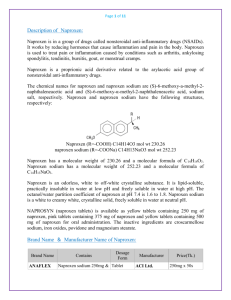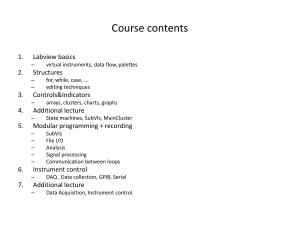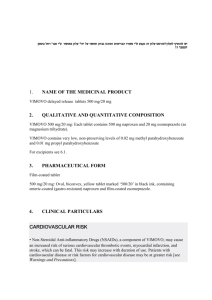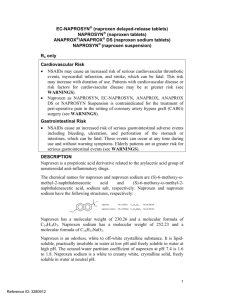Microencapsulation in Microgravity
advertisement
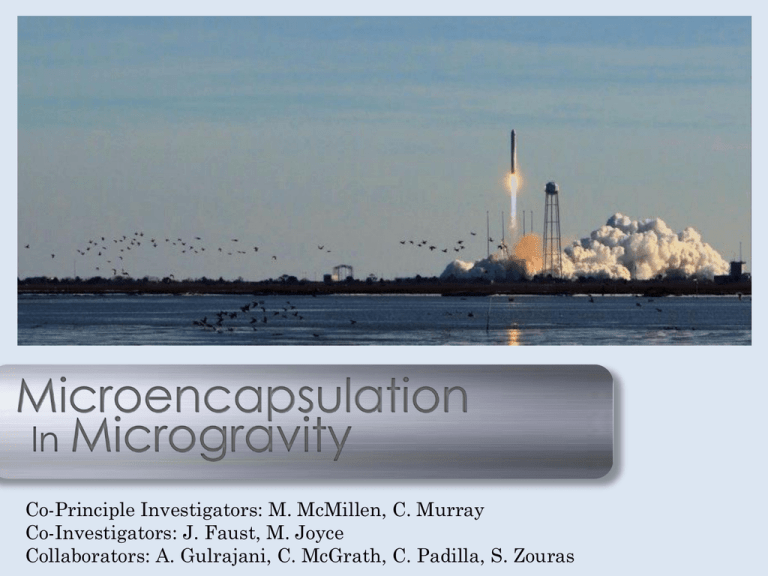
Microencapsulation In Microgravity Co-Principle Investigators: M. McMillen, C. Murray Co-Investigators: J. Faust, M. Joyce Collaborators: A. Gulrajani, C. McGrath, C. Padilla, S. Zouras What is Microencapsulation? Microencapsulation, or the inactive coating used in many drugs such as Aleve, ensures the controlled release of medication. Our experiment tested how microgravity affects the release of the microencapsulated medicine Aleve. Comparing the concentration of dissolved Naproxen in space and on Earth determined the strength of microencapsulation in microgravity. The effectiveness of microencapsulated medicine in microgravity is important to analyze, for it can prevent uncontrolled release of medicine in astronauts as well as lead to further research on microencapsulated medicine. Materials Volume 3: Volume 1: 0.3 mL of the antacid “Mylanta”. This neutralizes the simulated stomach acid and stops the reaction. 20mg of Aleve. The active ingredient, Naproxen, is microencapsulated. The simulated stomach acid will dissolve the Aleve. Aleve Volume 2: 2.5 mL of our simulated Stomach acid solution. It has a molarity of 0.3 M. It dissolves the Aleve in space. Experiment Timeline Activation Date: 1/13/14 at 7:40 AM First clamp was taken out and Aleve was combined with the simulated stomach acid. Deactivation Date: 2 days after, 1/15/14 at 9:30 am second clamp is released and antacid neutralizes the solution to stop reaction What is Thin Layer Chromatography? Thin Layer Chromatography (TLC) is the process by which components in a solution are separated using a solvent. The intensity of the dot of the solution after the experiment is run, reveals the concentration of the solution. Isopropanol was used to carry the naproxen in the Aleve up the strip. The naproxen travels up the strip via capillary action. Analyzing the Data To analyze the Data, we took pictures of the TLC strips. We then analyzed them using a program called Image J, a Java image processing and analysis program from the NIH. We loaded the picture into Image J, subtracted the background color, and plotted the intensity of the dots. The peaks were then cut out and weighed. Results We graphed the weight of the peaks vs. the amount of naproxen in each spot to find a standard curve. We ran 7 tests. We then derived a linear equation and found the approximate amount of Naproxen (µg) dissolved in the ground and space tests. Conclusion Space Ground 23.637 33.485 16.266 19.255 13.684 10.71 25.478 12.892 24.275 17.136 26.74 16.94 Average 21.673 18.403 Standard Deviation 5.372 T Test 8.018 .193 80.8% certainty The microcapsule dissolves faster in space than on Earth, for more micrograms of Naproxen were dissolved in the space test. Microencapsulation in space is less effective, for it had a higher dissolution of Naproxen in the time span, therefore making its release less controlled. There is an 80.8% certainty that the relationship between these points is true. Acknowledgements Partner Institutions • Downingtown STEM Academy • Downingtown Area School District • • • • • • • • • • • • West Pharmaceutical Services, Inc. Bentley Systems Subaru of America, Inc. NASA Pennsylvania Space Grant Consortium Litts Quality Technologies (LQT) Analytical Graphocs Inc. (AGI) Center for the Advancement of Science in Space National Center for Earth and Space Science Trans Lunar Designs AbsolutData The SI Organization Morphotek
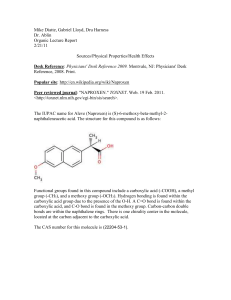
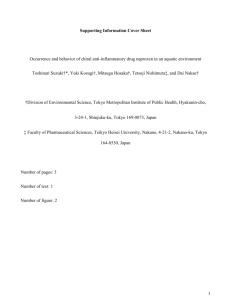
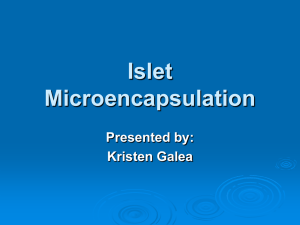
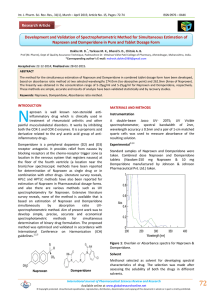
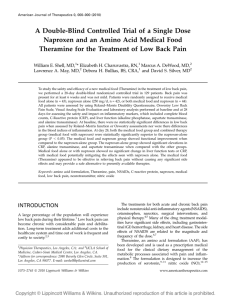

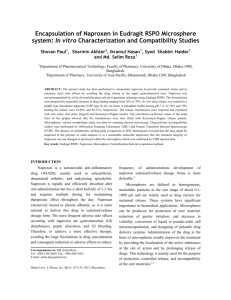

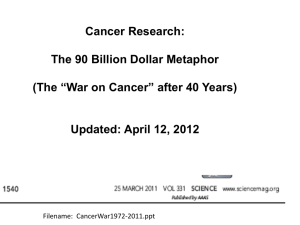

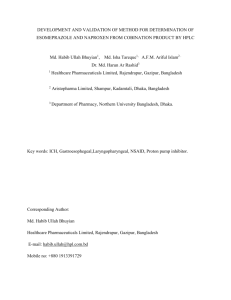
![Jefferson County, KY [Mission 5, Flight Experiment]](http://s2.studylib.net/store/data/005381659_1-6ff410f794c42188c46f63145dca8240-300x300.png)
